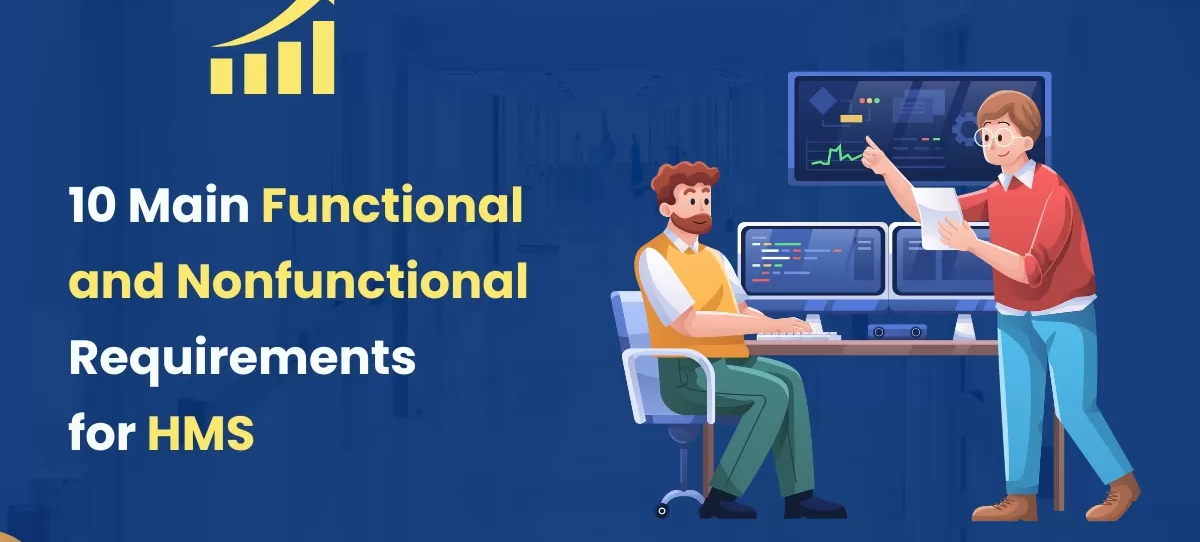The Role of Laboratory Information Management System in Healthcare Solution

In the dynamic landscape of the healthcare industry, self-reliance is a rarity. Challenges continuously emerge, driving the need for innovative solutions. Enter the Laboratory Information Management System (LIMS), a stalwart in healthcare solutions for decades. But what exactly is LIMS?
What is a LIMS?
A Laboratory Information Management System (LIMS) is sophisticated software designed to streamline sample and data management in laboratories. With LIMS, labs can automate workflows, integrate instrumentation, and efficiently handle sample tracking and associated data. It facilitates faster and more reliable results generation while enabling seamless tracking of data across experiments and over time to enhance operational efficiency.
Best Features of LIMS
These are the common features typically found in Laboratory Information Management System:
Sample Tracking and Management – Efficiently manage the lifecycle of samples, from collection to disposal, including tracking their movement and storage locations.
Workflow Management – Develop and implement automated laboratory protocols to ensure consistent and standardized procedures are adhered to for the processing and testing of samples.
Data Entry and Storage – LIMS system software captures and stores various types of data such as sample information, test results, and experimental data in a structured manner.
Data Analysis and Reporting – Conduct data analysis and create tailor-made reports for test outcomes, experiments, and various laboratory tasks.
Quality Control and Assurance – Establish quality control procedures, monitor quality metrics, and ensure adherence to industry standards and regulations.
Inventory Management – This feature of Laboratory Information Management System keeps a track of laboratory supplies, reagents, equipment, and their availability for efficient resource management.
Sample Chain of Custody – Maintain a comprehensive record of who interacts with each sample and when ensuring traceability and data integrity.
Audit Trails and Version Control – Track all changes made to data and records, ensuring accountability, and enabling the ability to revert to previous versions if necessary.
User Access Control and Security – Control user access levels and implement security measures to safeguard sensitive data.
Instrument Integration – ThisLaboratory Information Management Systemintegrates with laboratory instruments to automate data capture, reducing manual data entry errors.
Electronic Signatures – Facilitate electronic approvals and signatures to validate critical steps and ensure data authenticity.
Electronic Data Exchange (EDI) – Enable smooth data exchange with external systems, including interfacing with hospital information systems or external databases.
Data Visualization – This lab management software provides tools for visualizing and interpreting complex data sets, aiding in decision-making and analysis.
Sample Scheduling – Efficiently manage and schedule sample processing and testing activities to maximize resource utilization.
Alerts and Notifications – Set up automated notifications for various events like task completions, abnormal results, or low inventory levels.
Mobile Access – Utilize mobile devices to access and engage with the LIMS system software, enabling on-the-go monitoring and task management.
Integration with Other Systems – Integrate seamlessly with Electronic Health Records (EHR) or Customer Relationship Management (CRM) systems to ensure smooth data flow.
User Training and Support – Provide user training and ongoing technical support to ensure effective utilization of the LIMS system software.
Customization and Configuration – Tailor the lab management software to match the specific needs and workflows of the laboratory.
Scalability – Accommodate the laboratory’s growth and evolving requirements by offering scalability options.
What is The Future of LIMS Software? The Scope of LIMS
Laboratory Information Management Systems (LIMS) are anticipated to experience significant growth due to increased recognition of the benefits of automating data management. LIMS saves time, reduces errors, and improves data precision. Advancements will make LIMS more user-friendly, compatible with other systems, and meet regulatory requirements.
Forecasts suggest a 9.08% market growth by 2027, totaling USD 907.08 million, driven by regulatory compliance, rising chronic illnesses, and demand for bio-banking solutions. Laboratory Information Management Systems will become more affordable, with cloud-based solutions offering convenient access. Overall, lab management software will play a crucial role in enhancing laboratory efficiency and reliability.
Conclusion
To conclude, for enhanced operational efficiency in healthcare labs, adopting laboratory information management software (LIMS) is paramount. eMedHub’s Laboratory Information Management System provides robust, tailored solutions to streamline lab workflows, enhancing patient care with advanced features and reliability. Optimize your lab operations effectively with eMedHub’s trusted LIMS.


